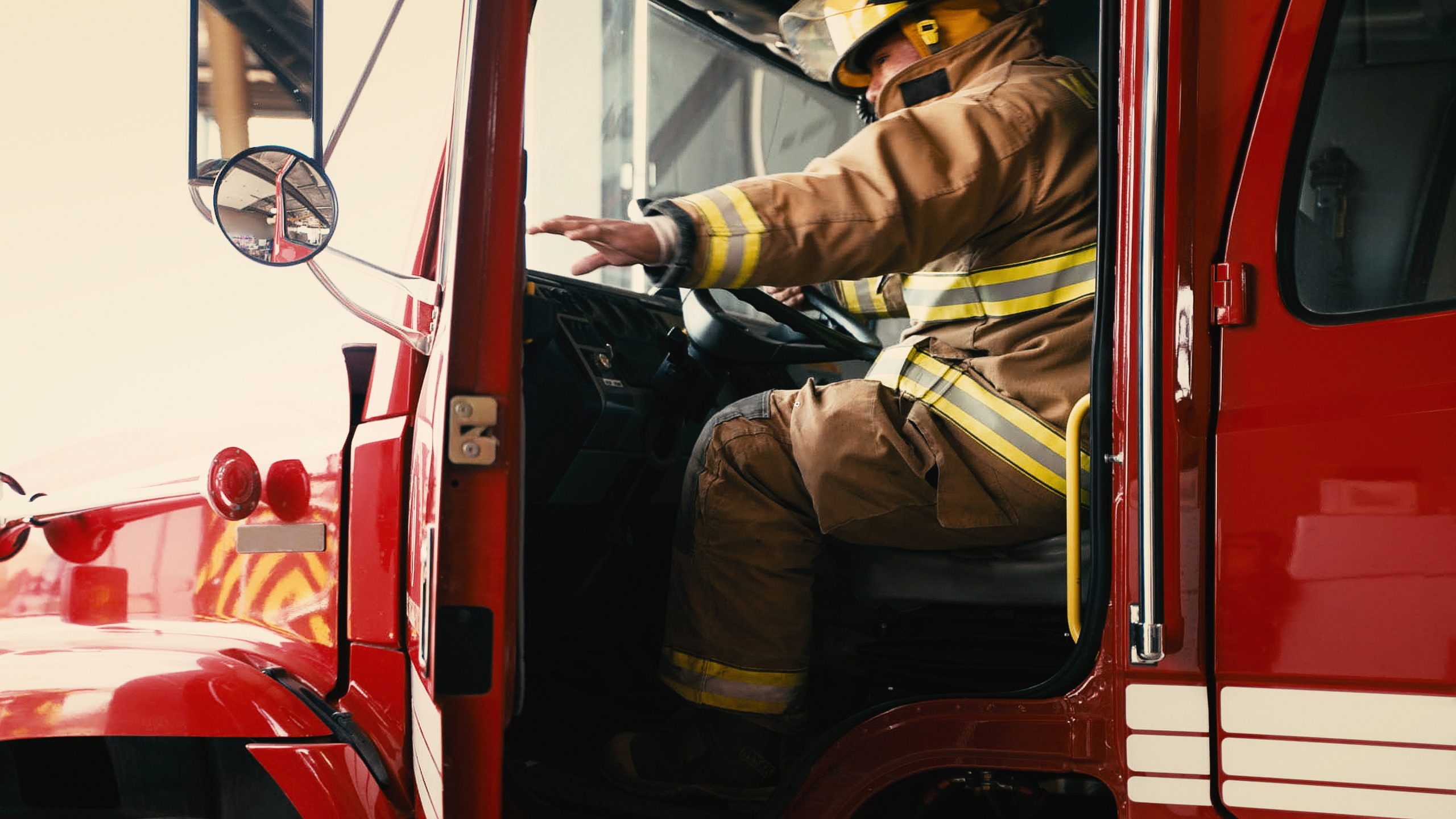Friday, October 27, 2023
First responders stand as pillars of strength and courage, but it is easy to forget that even the bravest among us can carry hidden burdens. John, a seasoned fireman, discovered this truth when he stumbled upon a documentary about MDMA-assisted therapy (MDMA-AT) for PTSD. What started as a curiosity led him on a path toward self-discovery.

John’s journey began in 2018 when he watched a documentary about a war correspondent receiving MDMA-AT for PTSD. This was the first time John had heard about this treatment, and he wanted to learn more. As he delved deeper into research, he wondered if he, too, could be a candidate for MDMA-AT. The accumulation of traumatic experiences from his career as a firefighter, particularly one near-death experience where he was trapped in a flashover fire, had taken a severe toll on his mental health.
John had spent over a decade exploring treatment options to help his PTSD symptoms. He tried cognitive processing therapy (CPT), eye movement desensitization and reprocessing (EMDR), and various other forms of talk therapy. He was hesitant to pursue psychopharmacological treatment as he was concerned about the side effects. He struggled to find relief through therapy, but his motivation was clear: he wanted to process his past trauma and learn to cope with his pain in new ways. His search for a solution led him to a clinical trial exploring MDMA-AT for combat veterans, police officers, and first responders who have had near-death experiences. Eager to learn more, he contacted the program and was accepted as a participant.
The clinical trial began with screening and assessment, then preparation sessions with his assigned therapists. These sessions helped educate John about the process of MDMA-AT, specifically how MDMA may affect him endocrinologically and psychologically. These sessions also allowed John to go over his past traumatic and near-death experiences with his therapists. John was hopeful about beginning the clinical trial but “muted expectations deliberately” after having poor success with past treatments. He was “hopeful for a breakthrough, but not expecting it to come.”
However, his doubts would soon give way to awe. His first MDMA medication session proved to be “mind-blowingly good” for John, who “had never felt anything like that before.” The MDMA allowed him to access the reservoir of anger and fear that had festered in him for years. He began to have closed-eye visuals, where John was able to “talk to his emotions” and “see them as if they were distinct entities.” He felt that he could “put a volume knob” on his feelings, giving him a way to adjust their intensity as he confronted them. Seeing his emotions helped John realize that they were ultimately “protectors and motivators” that allowed him to continue functioning through his trauma.
During the session, John realized that perhaps there was more to his PTSD than he initially thought. John saw his inner child stuck back on a timeline of his life. He was struck by the realization that his PTSD did not just come from his career but had actually originated during his childhood. The MDMA allowed him to travel “back in time” to retrieve his inner child, bringing his younger self to the present, where he no longer had to suffer. He began processing how “when a trauma occurs, you are stuck in a certain point of life, in that time. You are constantly going back to it, robbing yourself of your future by living in the past.” By bringing his child-self back to the present, John was able to integrate his “previous, present, and future self, in order to move past the trauma.”
John’s journey did not end with the trial; it was the beginning of a new chapter in his life. After his first medication session, John felt like “the sky was never bluer, the sunset was never more beautiful.” With this newfound clarity, John embarked on reshaping his life. His first choice was a testament to his transformation: he decided to purchase a farm. The peaceful nature of farm life became a source of solace, and the hard work of balancing his career and farm duties has kept him grounded and motivated.
One of the most remarkable changes John observed was in his ability to empathize. He notices this change at work, where he’s been able to look past his anger and break down stigmas he once had against people he comes across in his job. John’s capacity to offer others empathy has been mirrored by his own increase in self-compassion, something that is well-deserved for a fireman who has sacrificed much for the greater good.
Similar to how John was able to let go of stigmas he once held against himself and others, he hopes that people can do the same when it comes to reframing their judgments on how a drug like MDMA can be therapeutic. He cautions that this treatment might not be for everyone but wants people to know that MDMA-AT “is not just for firefighters, police officers, combat veterans, or first responders. This [could be] for refugees, assault victims, cancer patients, and people who are nearing death. I think the world would be a much better place.”
Note: MDMA-AT is not yet FDA approved and is still under investigation. If MDMA-AT is FDA approved, it will only be available via prescription to those with a PTSD diagnosis.